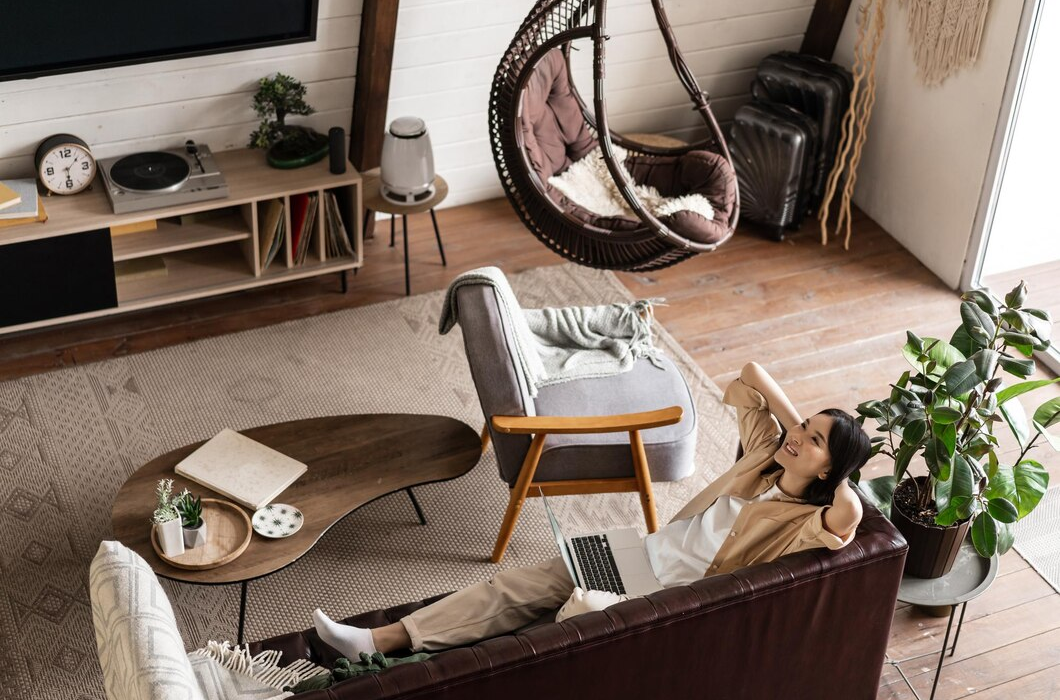The idea of apartment living has changed significantly in the dynamic urban environment as a result of the convergence of new architectural ideas, developing technology, and evolving social mores. The history of apartment living is a testament to humanity’s quest for the most efficient way to inhabit our urban landscapes, starting with the invention of micro-units as a practical response to the growing demand for affordable housing in densely populated urban centers and continuing with the integration of cutting-edge smart technology in the creation of interconnected living spaces. This piece begins a thorough investigation of the new developments that are changing apartment life at its core.
The Rise of Micro-Units: Maximizing Space Efficiency
Due to the demands of space scarcity and affordability in expanding metropolitan regions, micro-units have become increasingly prevalent in architecture and urban planning. This represents a paradigm change in these fields. These cleverly designed living areas, which are frequently only a few hundred square feet in size, are a break from traditional ideas of residential housing. They question accepted ideas about the amount of space needed and redefine what is comfortable and useful. Micro-units provide a harmonious synthesis of form and function by utilizing cutting-edge design concepts like multipurpose furniture, convertible living rooms, and creative storage solutions. This proves that a small size need not mean compromised livability.
Smart Technology Integration: Enhancing Comfort and Convenience
Apartment living is entering a revolutionary era marked by a shift in how inhabitants interact with and experience their living spaces thanks to the introduction of smart technologies. Modern apartments are imbued with unparalleled levels of comfort, convenience, and efficiency thanks to the incorporation of smart technology, which ranges from voice-activated assistants that are easy to use to adaptive lighting systems, connected appliances, and remote-controlled climate control. Smart home systems enable homeowners to exert more control over their surroundings by automatically coordinating the many aspects of daily life, such as controlling room temperature and ambient lighting, with simply a button push or voice command.
Sustainable Living Practices: Promoting Environmental Responsibility
In the field of apartment living, there is a deliberate drive towards green building methods and eco-friendly living solutions due to the pressing need for environmental sustainability in today’s urban context. Developers are adopting an increasingly comprehensive approach to sustainability in their architectural projects, ranging from the use of sustainable building materials and energy-efficient appliances to the integration of renewable energy sources like wind turbines and solar panels. That’s why finding sustainable places is now easier than ever, so you can check out Abilene TX apartments, for instance, and find green options that might work for you!
Wellness-Centric Design: Prioritizing Health and Wellbeing
The idea of wellness-centric design has come to be recognized as a guiding principle in the construction of contemporary residential complexes, as the importance of holistic wellbeing is recognized on an increasing basis. Wellness-centric design principles are based on the idea that a person’s well-being is greatly influenced by their built environment. They emphasize the use of biophilic materials, plenty of natural light, and excellent indoor air quality to create environments that are good for their body and spirit. Through the integration of peaceful water features, lush vegetation, and a blurring of the lines between indoor and outdoor areas, architects aim to convey a sense of harmony with nature, encouraging rest and renewal even within the limits of urban living.
Flexible Living Arrangements: Adapting to Changing Lifestyles
The traditional form of apartment living has undergone a paradigm shift due to the changing dynamics of modern lifestyles and housing choices, which has made more flexibility and adaptation in residential accommodation offerings necessary. Developers are adopting novel ideas like furnished flats, co-living spaces, and short-term rentals to meet the varied requirements and goals of city people in response to the growing need for customized living experiences.
By embracing these transformative trends and anticipating the evolving needs and preferences of residents, developers and designers alike have the opportunity to shape the future of urban living in a manner that is not only aesthetically pleasing and functionally superior but also socially equitable and environmentally sustainable. As we navigate the complexities of an increasingly urbanized world, the evolution of apartment living stands as a testament to humanity’s ingenuity and resilience, offering a glimpse into a future where our urban spaces are not merely places of habitation but vibrant hubs of creativity, connectivity, and communal flourishing.
